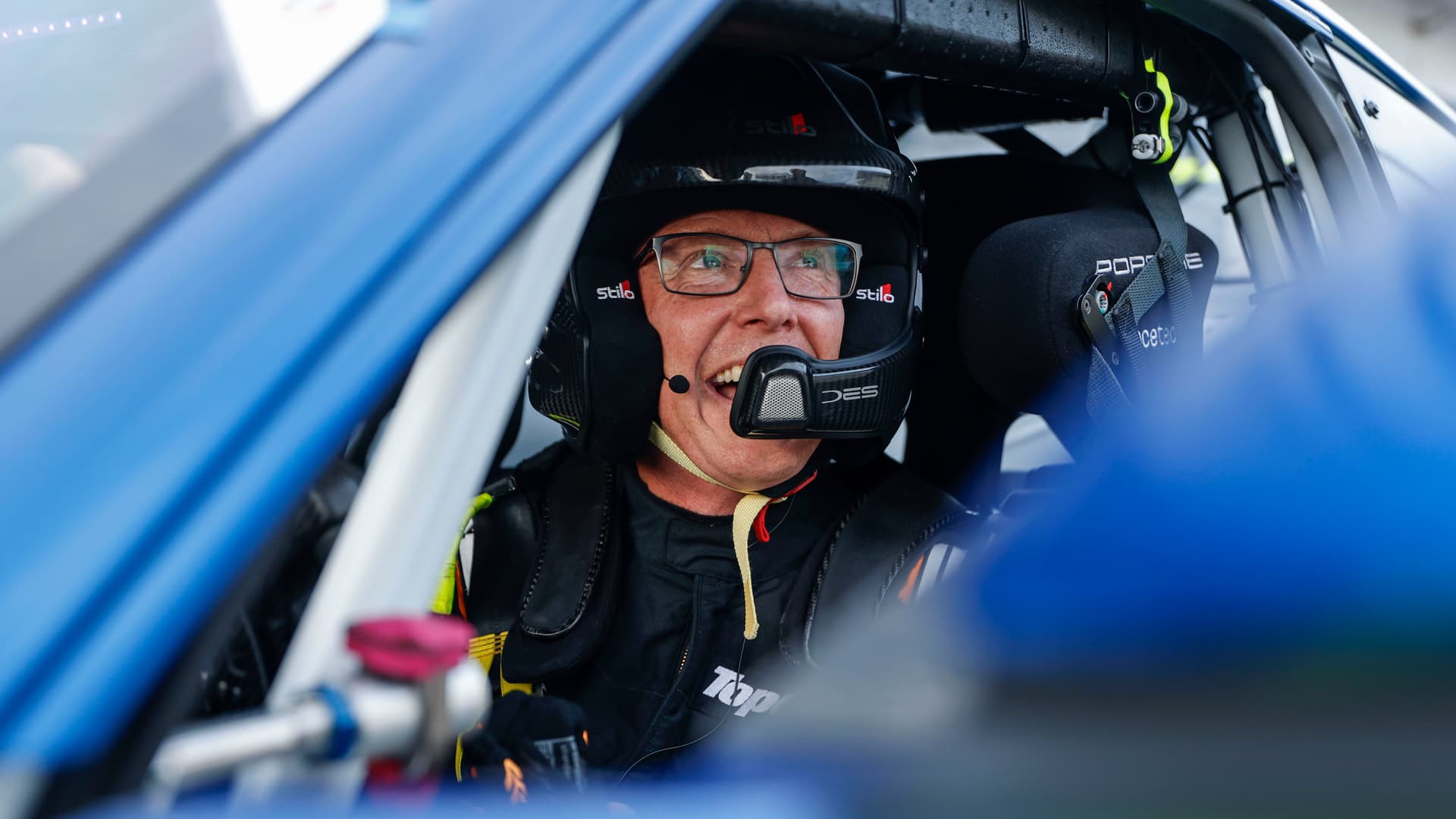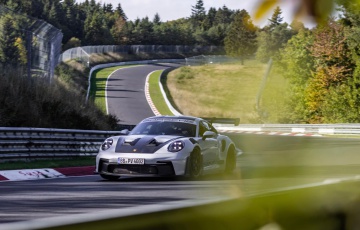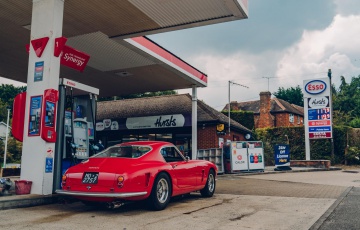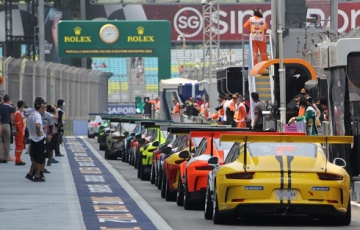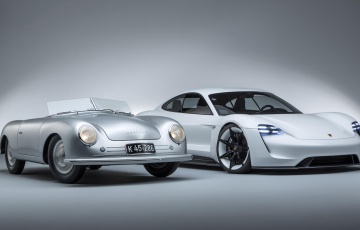What makes a Porsche 911 GT3 R more than twice the price of a 911 GT3 Cup?
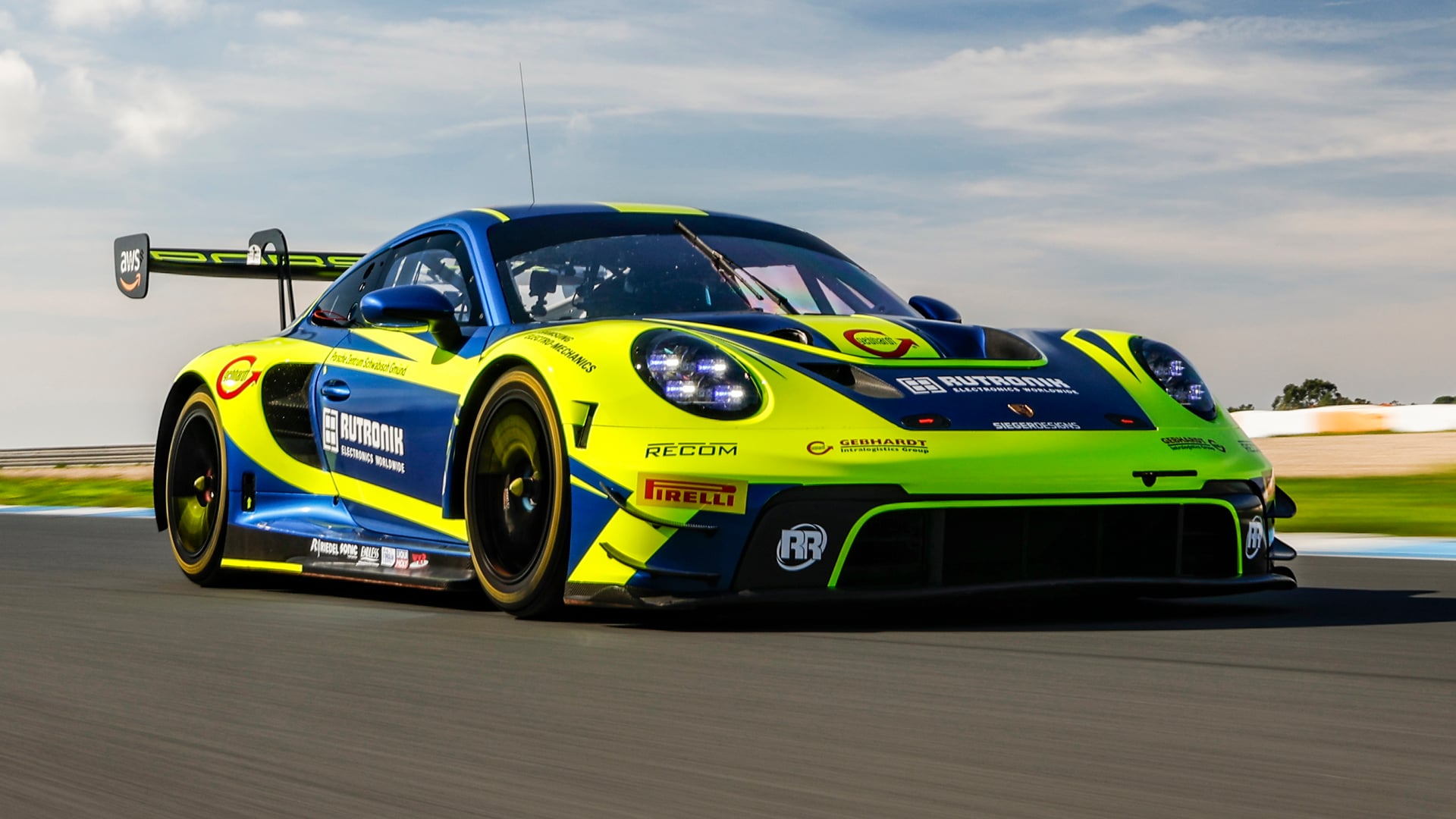
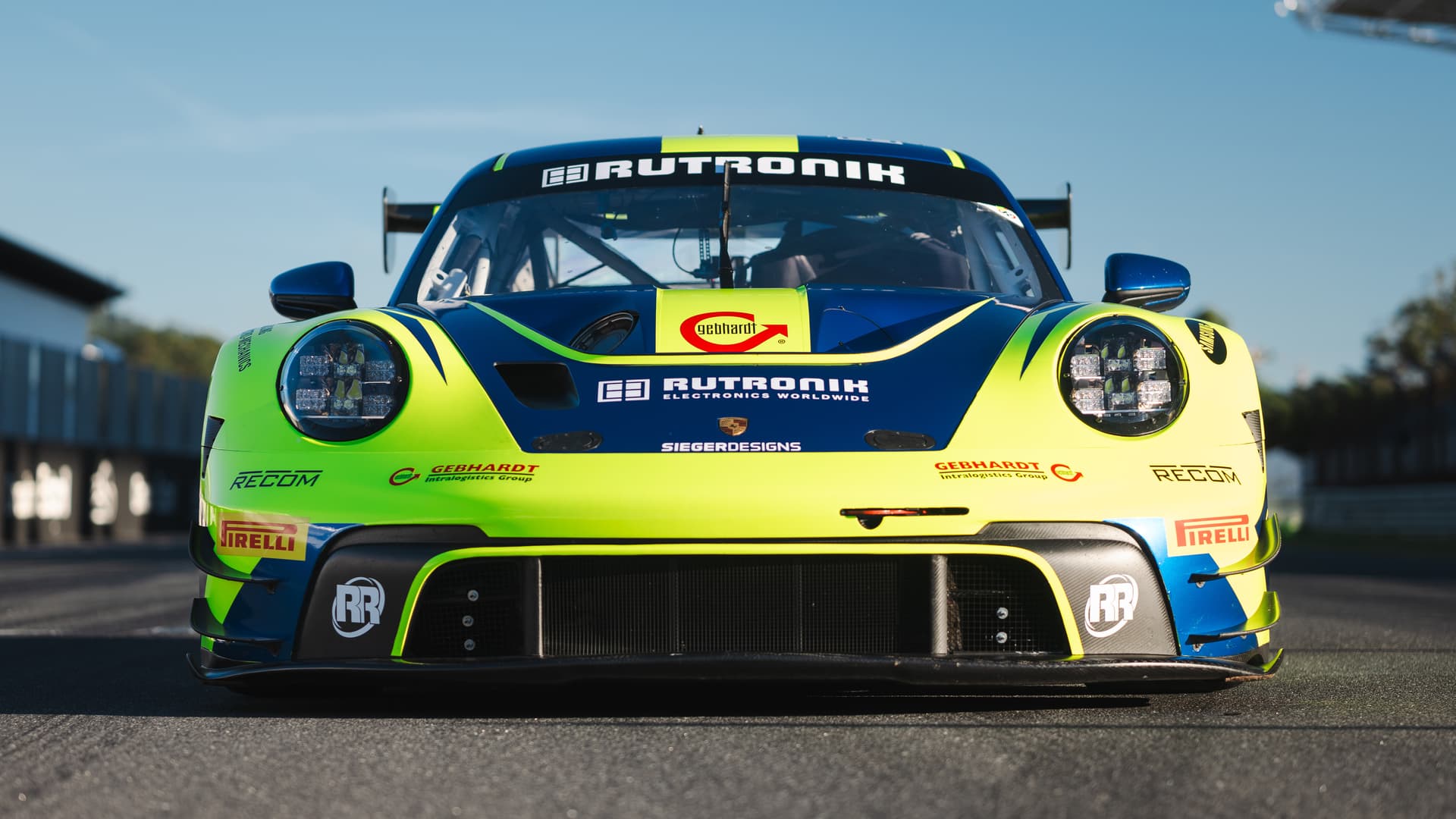
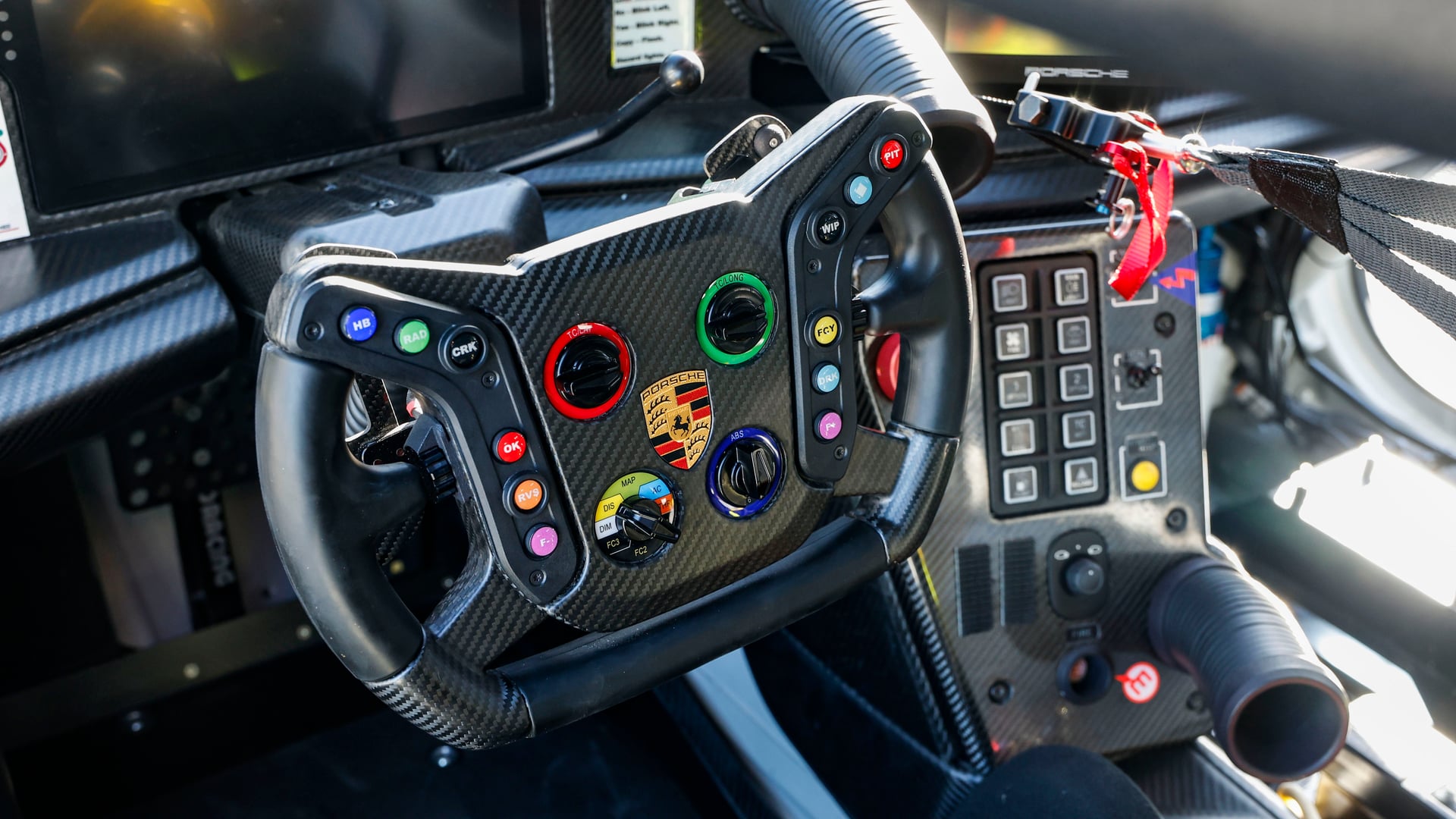
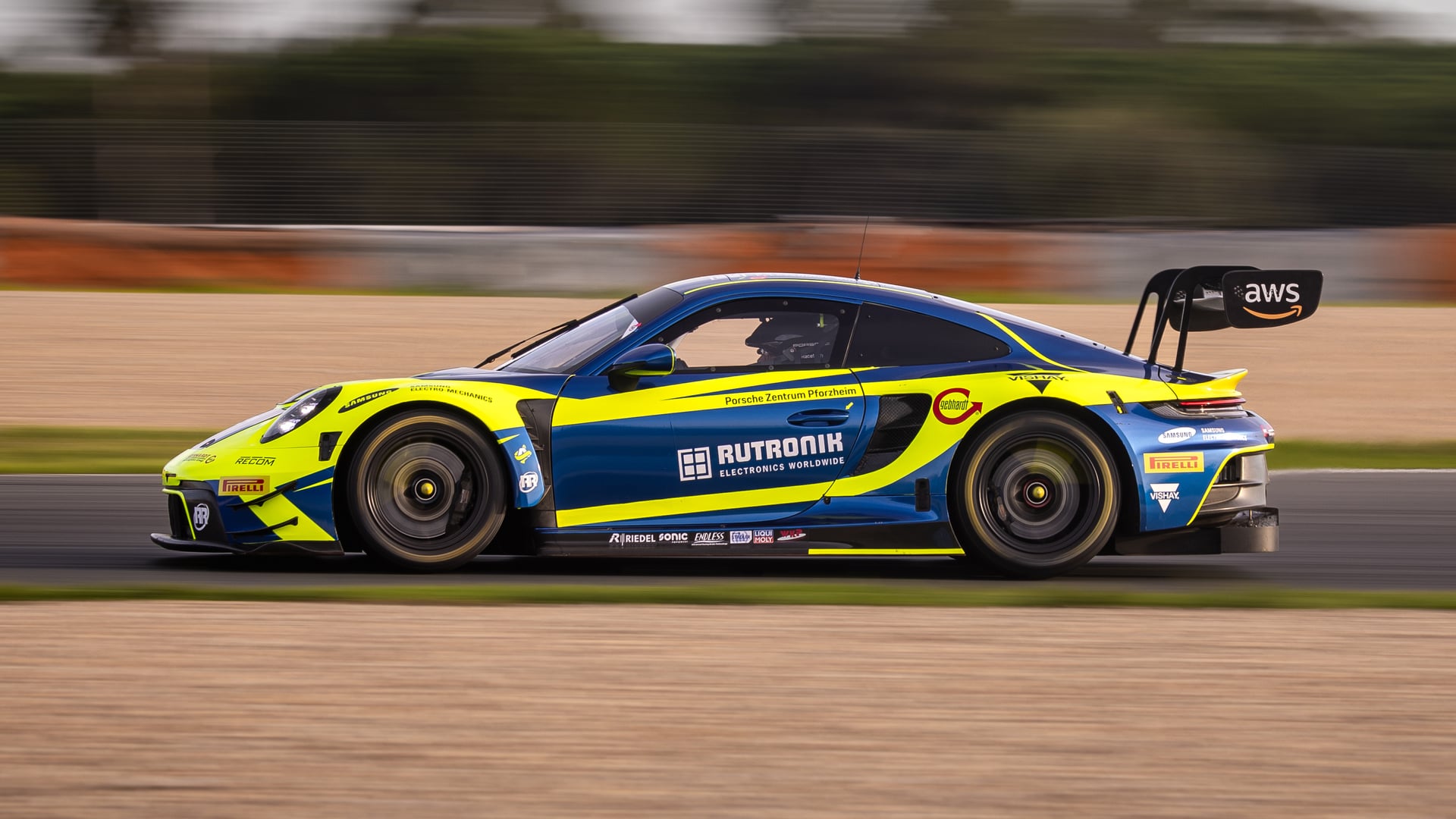
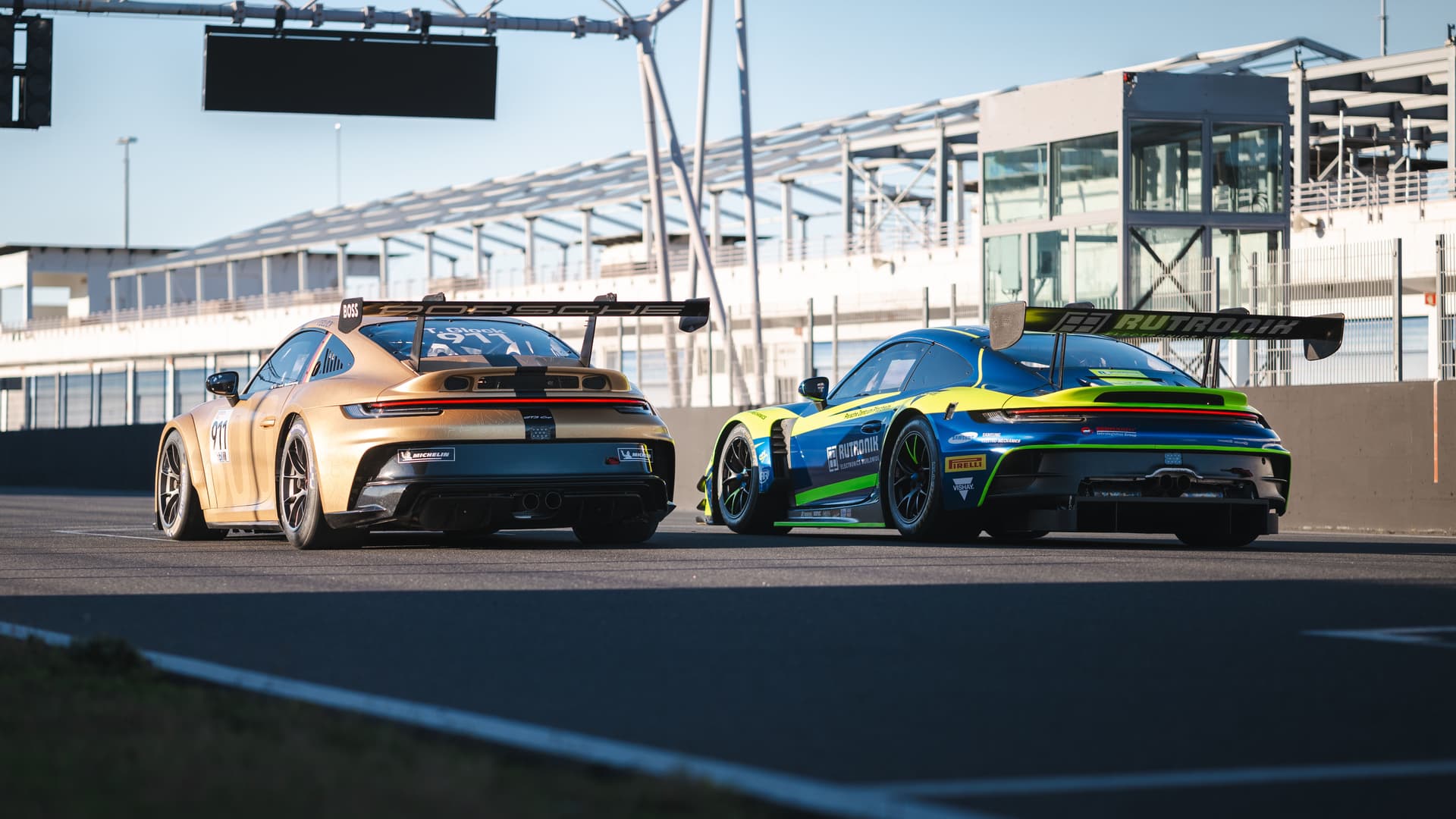
What makes a Porsche 911 GT3 R more than twice the price of a 911 GT3 Cup?
Don’t tell me, I’ve got this one: it’s the answer to ‘what do you get if you cross a GT3 RS with a suction cup?’
Got it in one. This semi-squished frog is the 911 GT3 R, Porsche’s latest, greatest full house racing 911. And it’s a bit of a pussycat. Didn’t expect that.
In its first season of racing this year, it’s built to compete in global GT3 championships against cars such as the Corvette C8.R, Ferrari 296 GT3, Aston Martin Vantage AMR and Lamborghini Huracan GT3 Evo.
And from next year, GT3 cars are eligible for Le Mans for the first time. There’s a big, juicy target to aim for.
I’m confused, doesn’t Porsche build, like, a dozen different racing 911s?
No, it only builds two: this, and the entry-level GT3 Cup. That’s the one that’s less modified from the road car and used mainly for one-make championships.
The GT3 R is the one that fights other marques on track. And costs a fair bit more. A Cup car will set you back £225,000 (plus tax), for an R you’re looking at £511,000 before tax.
However, for straight line speed there’s almost nothing in it. The Cup mostly uses the 4.0-litre flat six from the road car, so has about 510hp and weighs around 1,240kg. The R has 565hp courtesy of a bigger 4.2-litre nat-asp motor, but is a little heavier and has significantly more drag.
On the main straight at Estoril, each would just top 260km/h before needing to brake (very late) downhill into turn one. The last genuinely quick car I drove round here, a McLaren Senna, was much quicker, hitting 280km/h before braking – and you needed to have nailed the pedal at least 30 metres earlier.
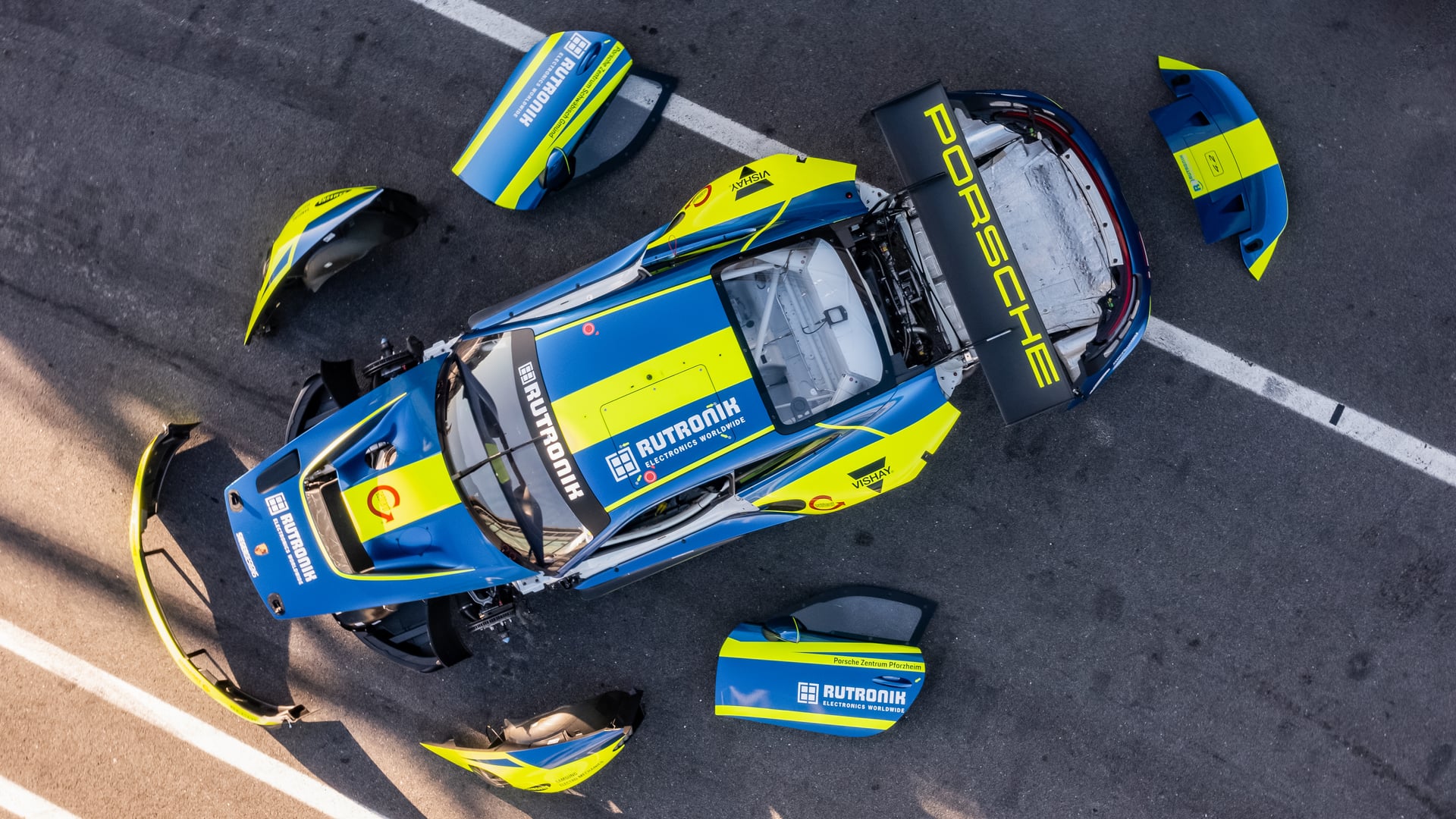
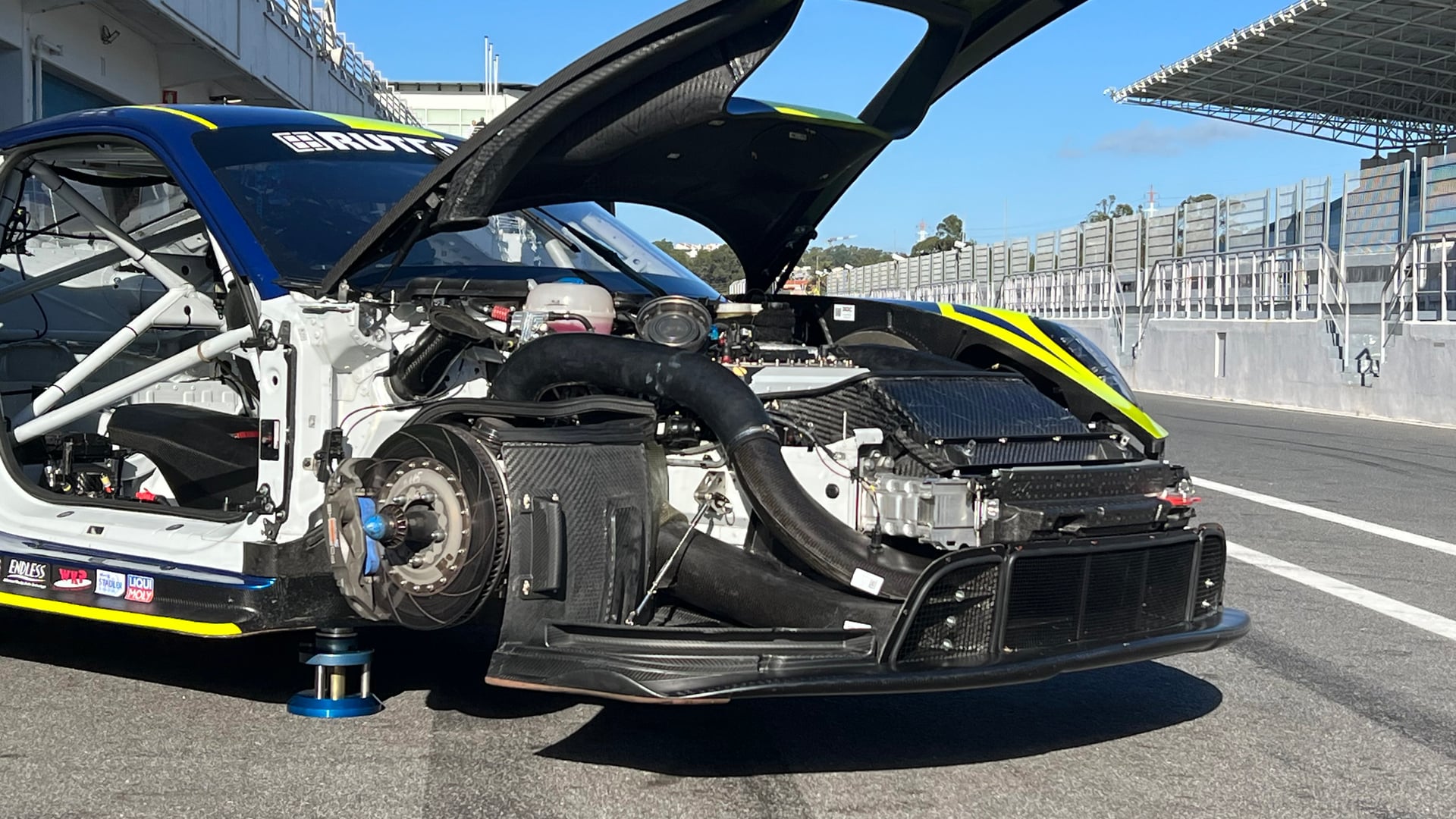
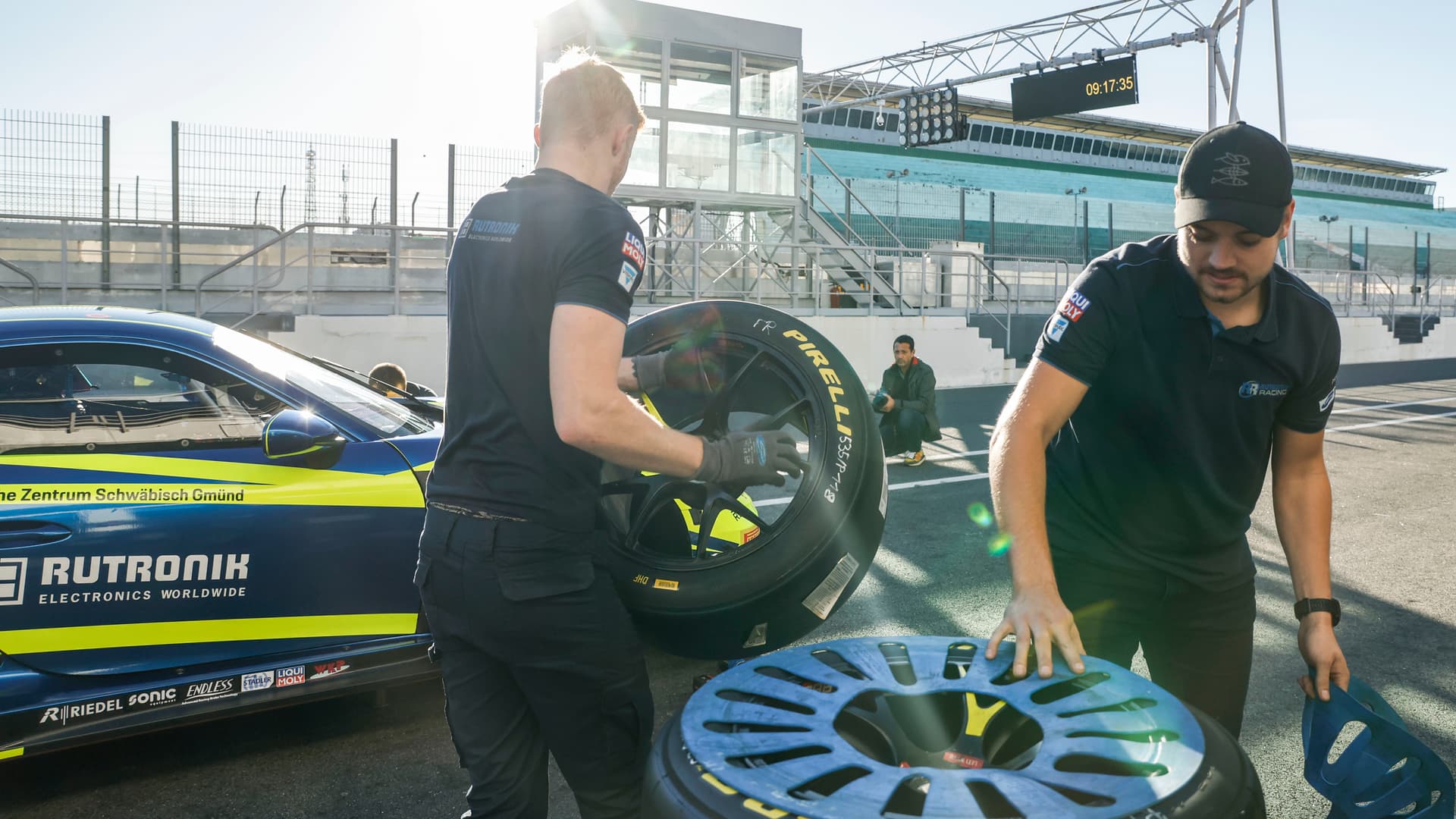
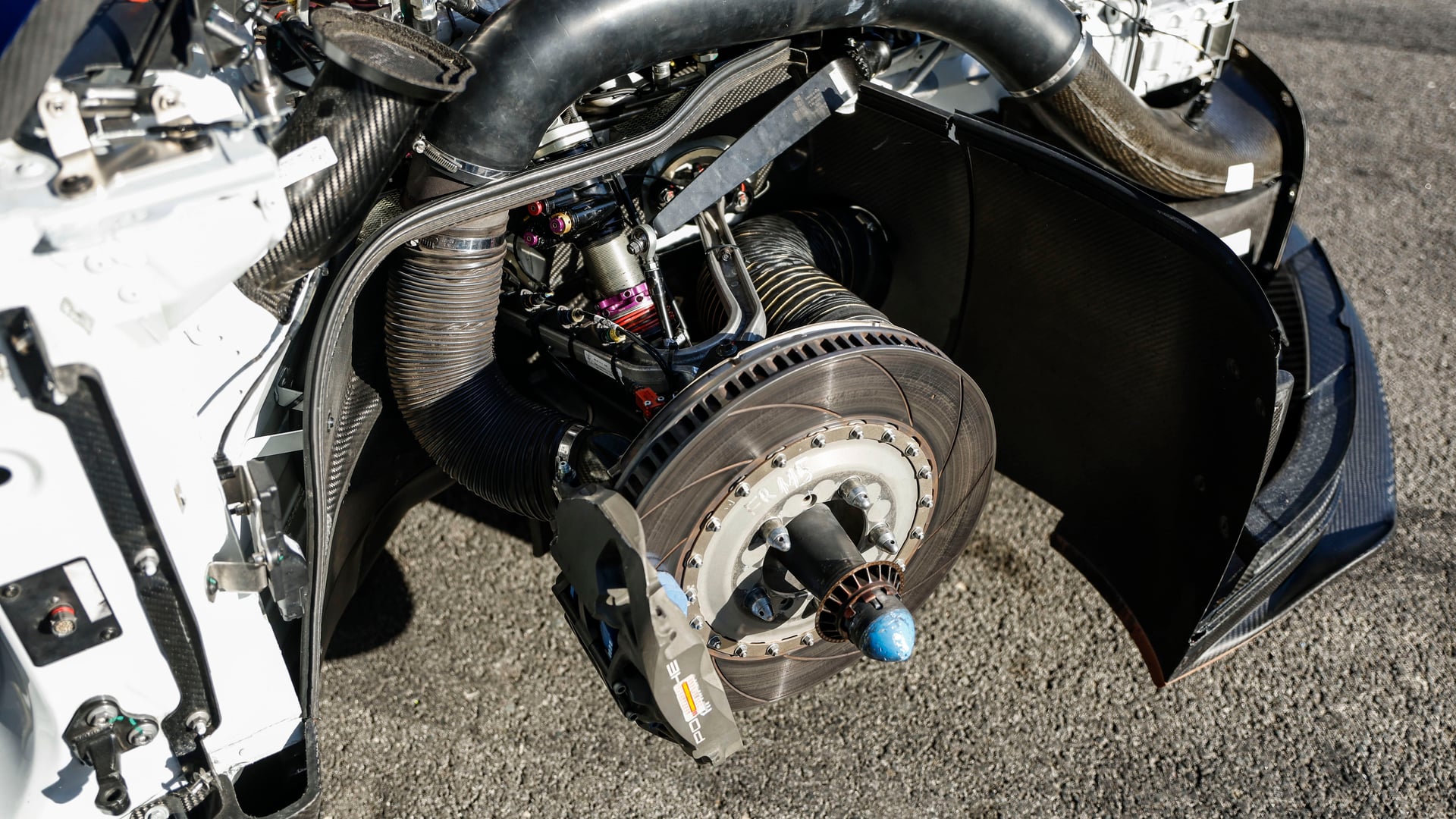
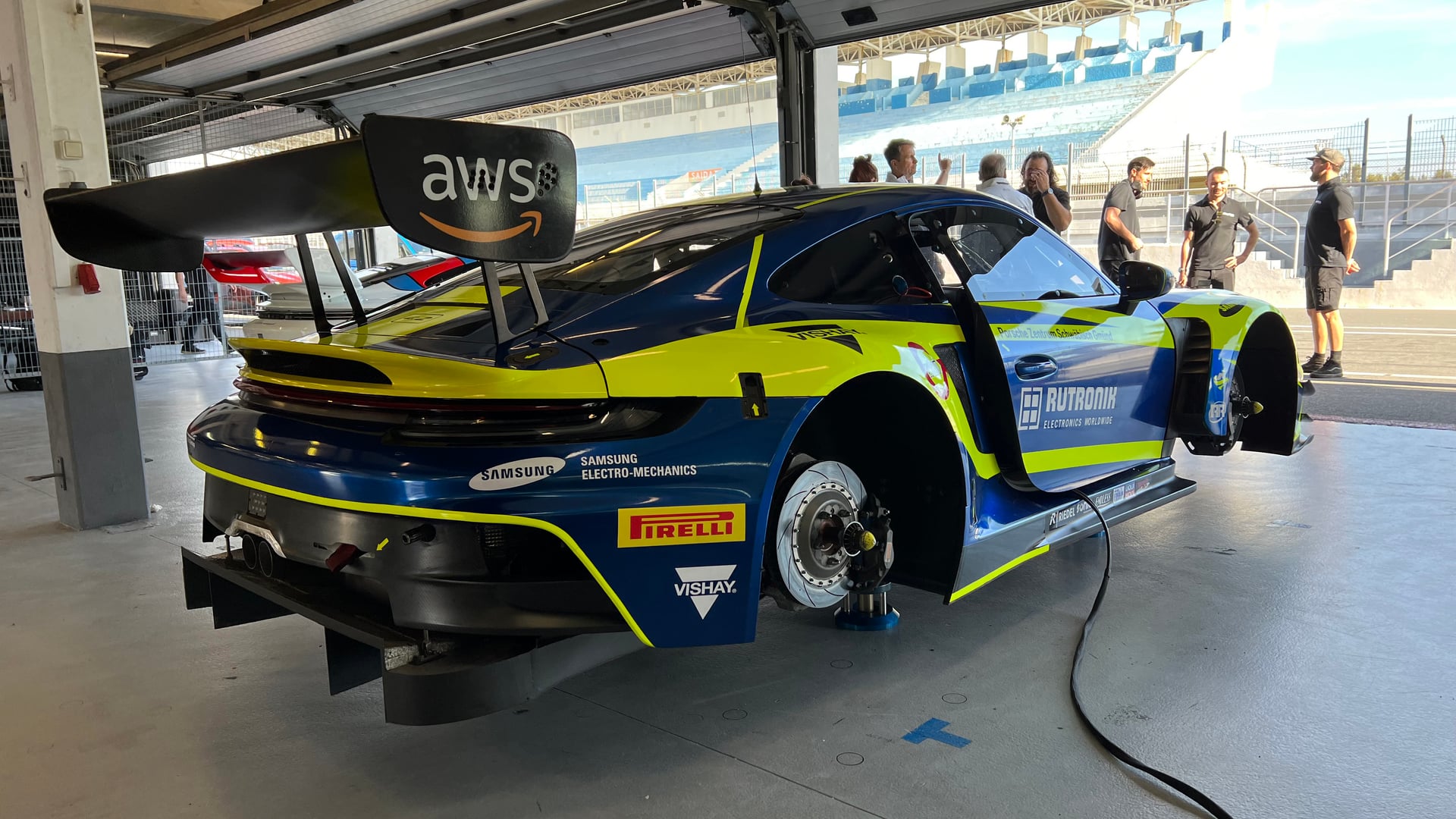
Hang about, lots to unpack here. Let’s start with cost – why is the R so much more expensive?
Because of the extra level of modifications. To keep Cup costs down relatively few mods are made over the road car, but to follow current GT3 regulations and be competitive calls for vastly more invasive surgery.
All told it takes five times longer to build the R than the Cup. While the latter mostly come down the Zuffenhausen production line with the road cars, the R’s are built in separate racing bays.
I won’t get too in depth on this or we’ll be here all day, but here’s a couple of examples. The R uses the road car engine block, and the cheaper way of modifying it for more power would be to give it a longer stroke.
But that didn’t give the power characteristics Porsche wanted, so the engine block is bored as well as stroked so needs new everything.
Up front the centrally mounted radiator (the GT3 RS also has this, which is why it has no frunk) has been pushed further back. Not to help centralise the weight, but to make it less vulnerable in a shunt.
Inside, the seat position is fixed with pedals and steering moving, but this has a unique steering adjustment lever that protrudes from the dash. Why? Two reasons.
Firstly, it’s easier to reach from the fixed chair, but secondly and mainly, when you release the lever the steering wheel springs in and up so it’s out the way, which makes driver changes easier.
Amongst all this it’s hardly surprising to learn that Porsche has tilted the engine 5.5 degrees.
Why on earth would they tilt the engine?
Because the most important facet of performance is aero, and tilting the engine allows Porsche to open out the diffuser more and create extra downforce.
They obviously won’t talk exact numbers because that might give their rivals too much information, but they do point out that although the Cup and the R have similar power-to-weight ratios, the R is around 4secs faster around Estoril than the Cup. And it’s a short lap, under 100 seconds.
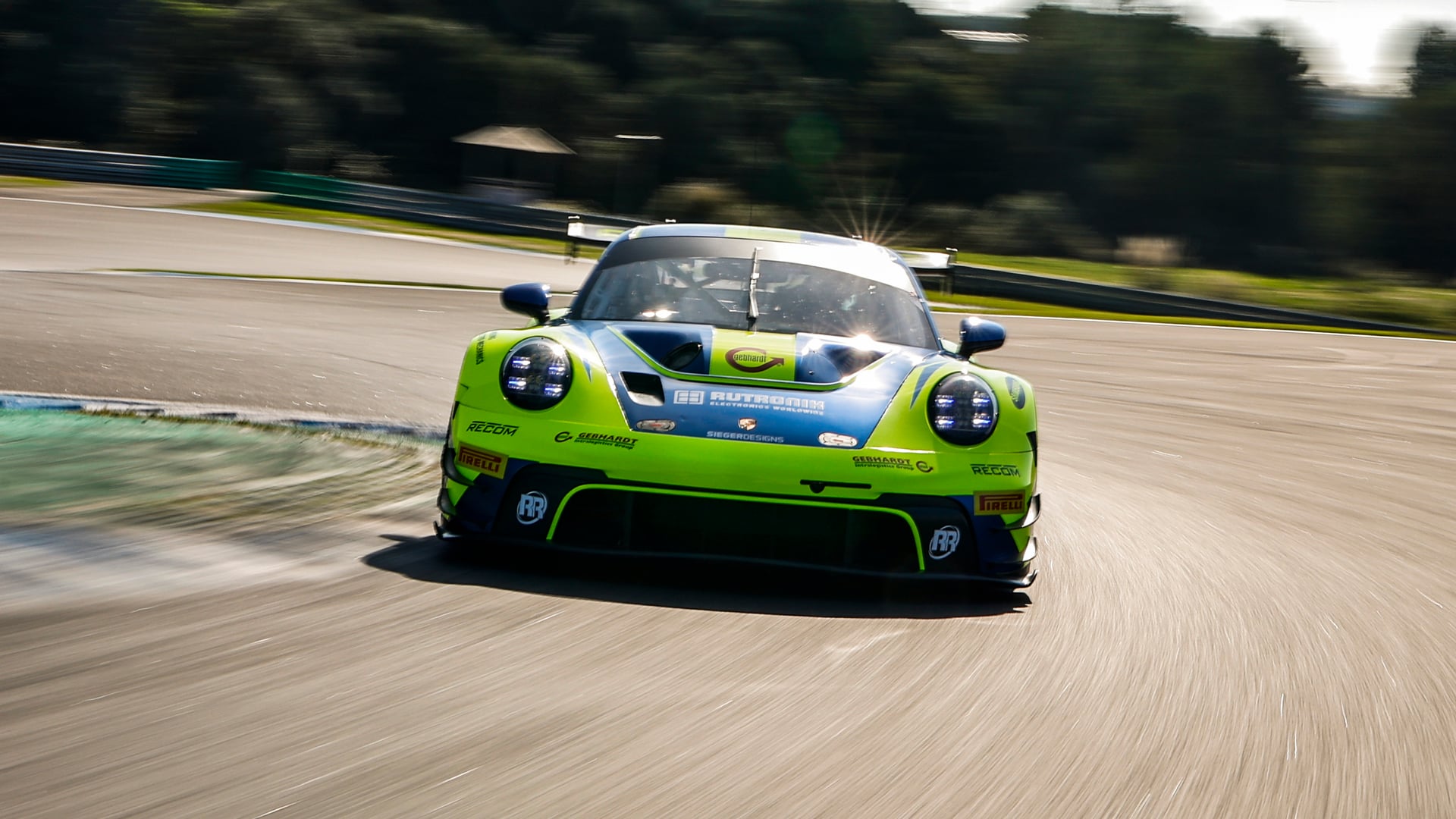
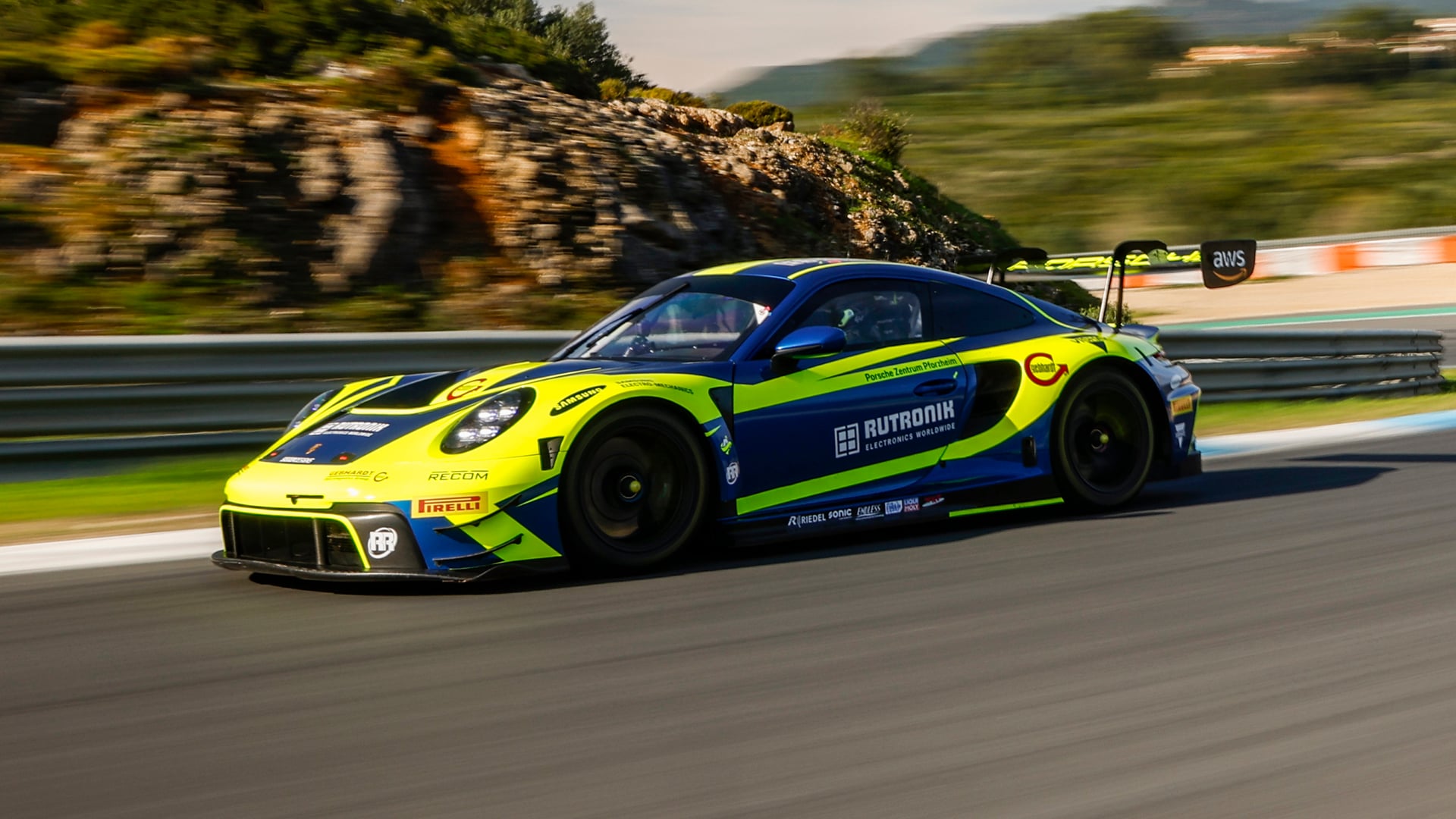
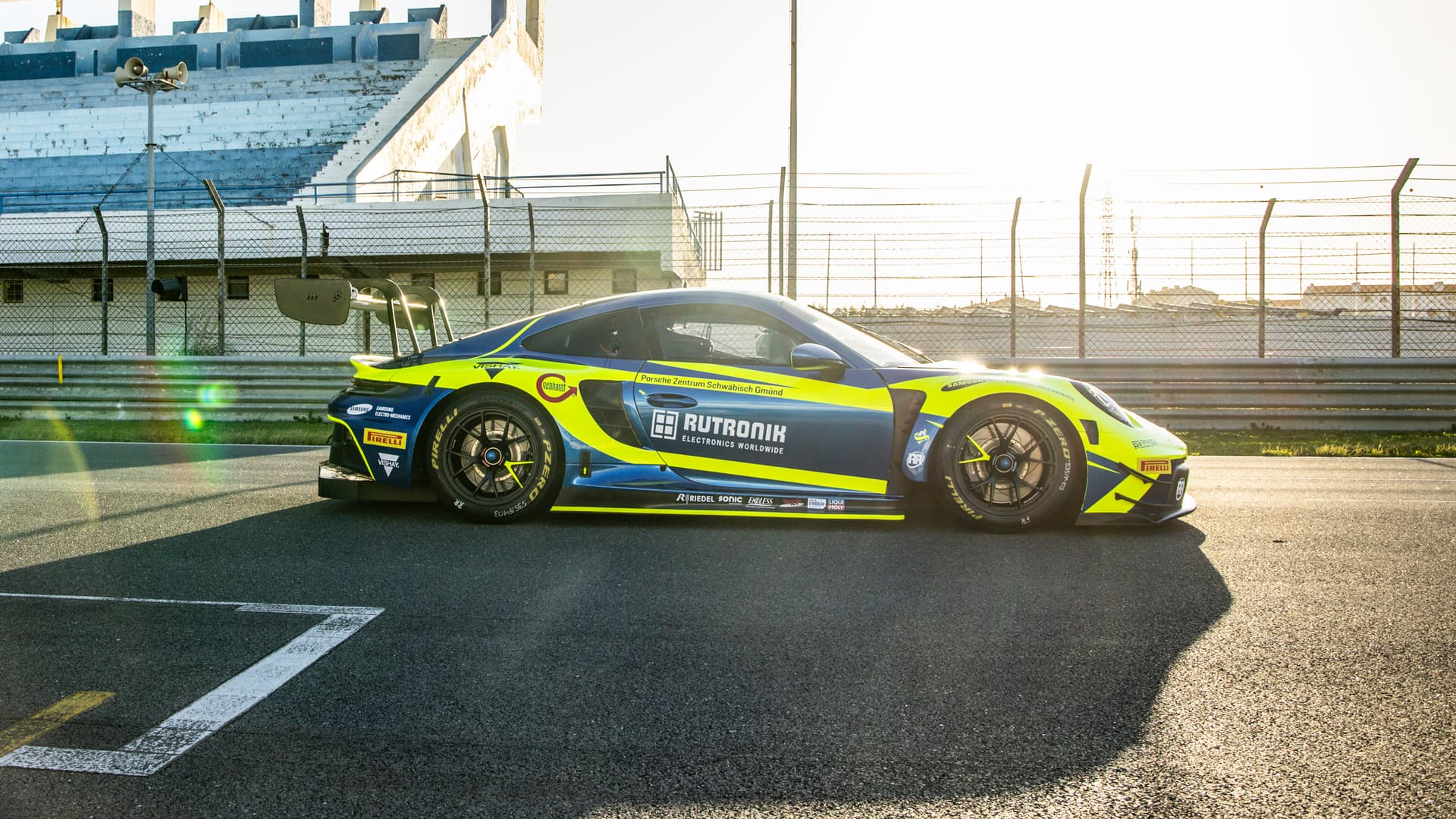
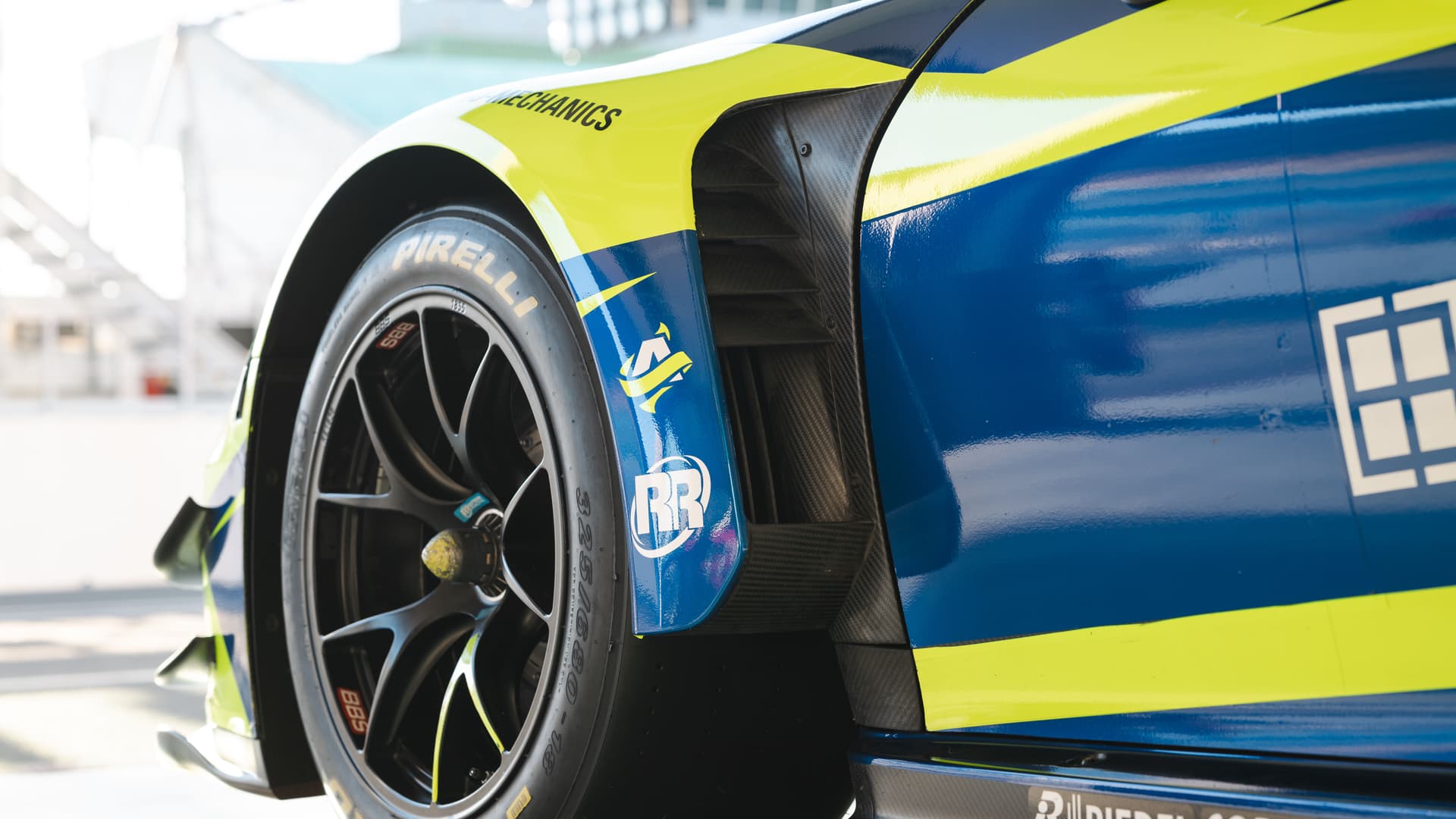
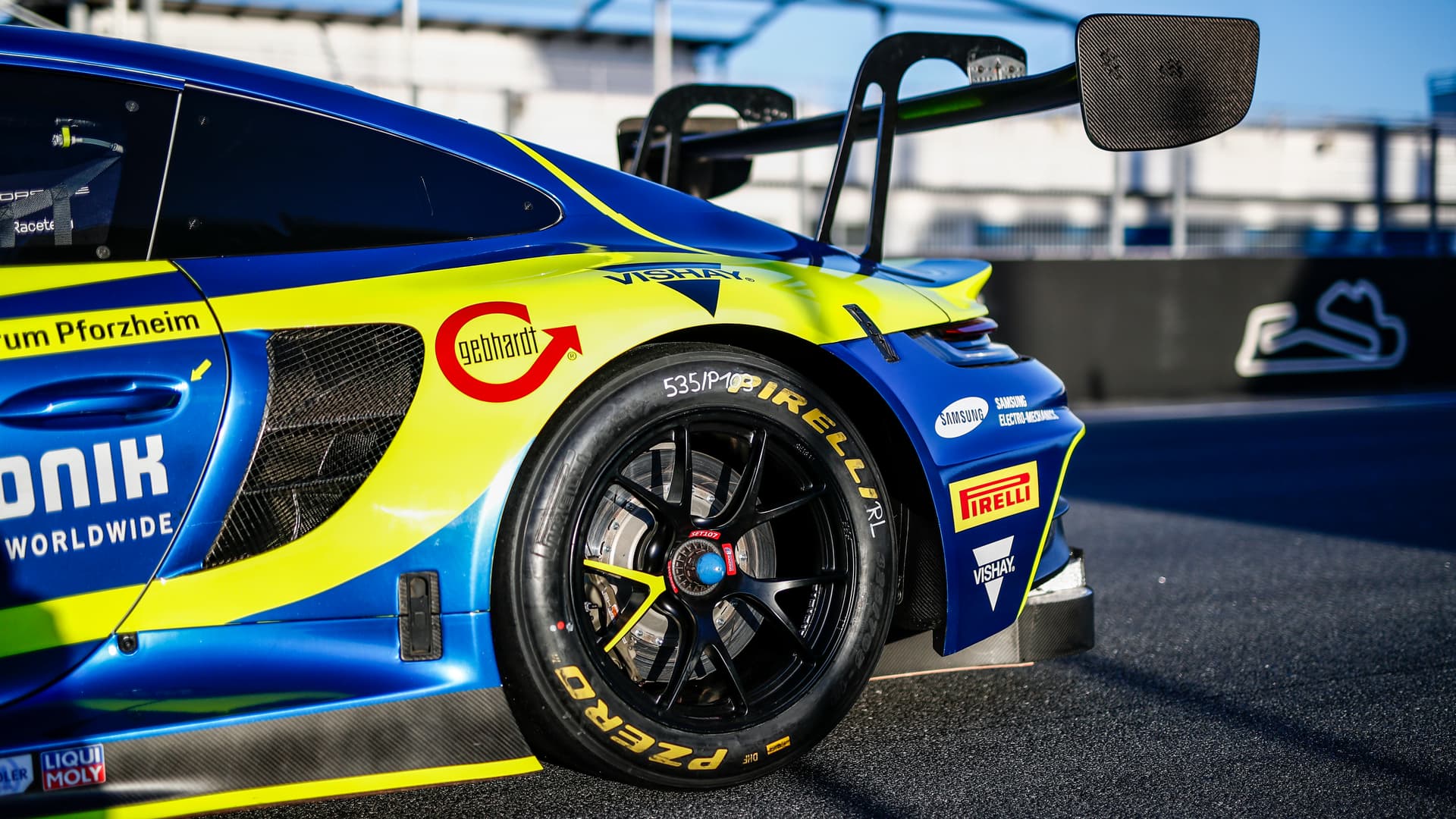
Hold on, wasn’t there a mid-engined Porsche 911 racer?
There was, the 911 RSR. Back in 2016 Porsche realised that to be competitive with the WEC and IMSA regulations of the time they needed to mount the engine – or at least most of it – in front of the rear axle.
This helped weight distribution and – as with the new car’s tilted engine – allowed the diffuser to grow into the vacated area. It’s all a question of existing FIA regulations though, and for this 992-generation car the engine is back where it belongs, aft of the axle.
And if you’re thinking the GT3 R tag sounds familiar, well, that’s been used before as well – and again on a more radical car.
Back in 2010 Porsche developed a flywheel hybrid system that was eligible for some series. It was mounted where the passenger seat should be and delivered 165hp to a pair of electric motors – one for each front wheel.
So this isn’t actually a very advanced racing Porsche?
As ever all racing cars have to abide by regulations and various balance of performance elements to ensure no-one has an unfair advantage.
But yeah, this is actually quite a simple car, but also, as one of the mechanics tells me, a completely extraordinary one.
It’s all about the design and development work you can’t see. One of the mechanics tells me the team used to run Audi R8s before this 911, and how much simpler, quicker and more logical this is to work on and fix: “everything is on quick releases, even the brake hoses. We can change an entire front wheel assembly, including the brakes, in 90 seconds”.
There’s also little notches on the rear wing stays so the bootlid can be lifted off and attached there rather than put on the floor of the garage for people to trip over, and a button that engages the power steering when the engine is off to make it easier for the mechanics to wheel around the garage.
Likewise a lot of the work has been done to make it easier and more flattering to drive, better suited to the gentlemen drivers who often race this alongside professional team mates.
That would be you, would it?
I’m no-one’s idea of a gentleman. Except possibly my mother’s. But I have to say that driving the Cup and R back-to-back, the R was easier, more stable, fluent and predictable than the Cup.
Some of this is down to the aerodynamics, which sit the GT3 R so securely on the tarmac, and some to the astonishing damping, which allows you to take utter liberties with Estoril’s kerbs and not upset the car’s balance at all, and some to the other raft of changes made, such as the 60mm added to the wheelbase and the wider track widths of this carbon bodied monster.
It's not overly fast in a straight line – GT3 cars rarely are. Above 160km/h a regular cooking 911 Carrera GTS is probably as fast. But what’s bonkers is everything else – particularly the braking and turning into corners and the traction out.
The Cup car was a little twitchy, playing around in the margins of understeer and oversteer. It was trustworthy, but moved around.
The R was unshakeable. Braking and turning at the same time should have the rear engine behaving like a pendulum, but it didn’t. And pushing out of corners, the rear-biased weight distribution should cause the lighter nose to push wide. It didn’t.
I could get on the power way earlier than I anticipated and that double wishbone front suspension would faithfully hang on to its line.
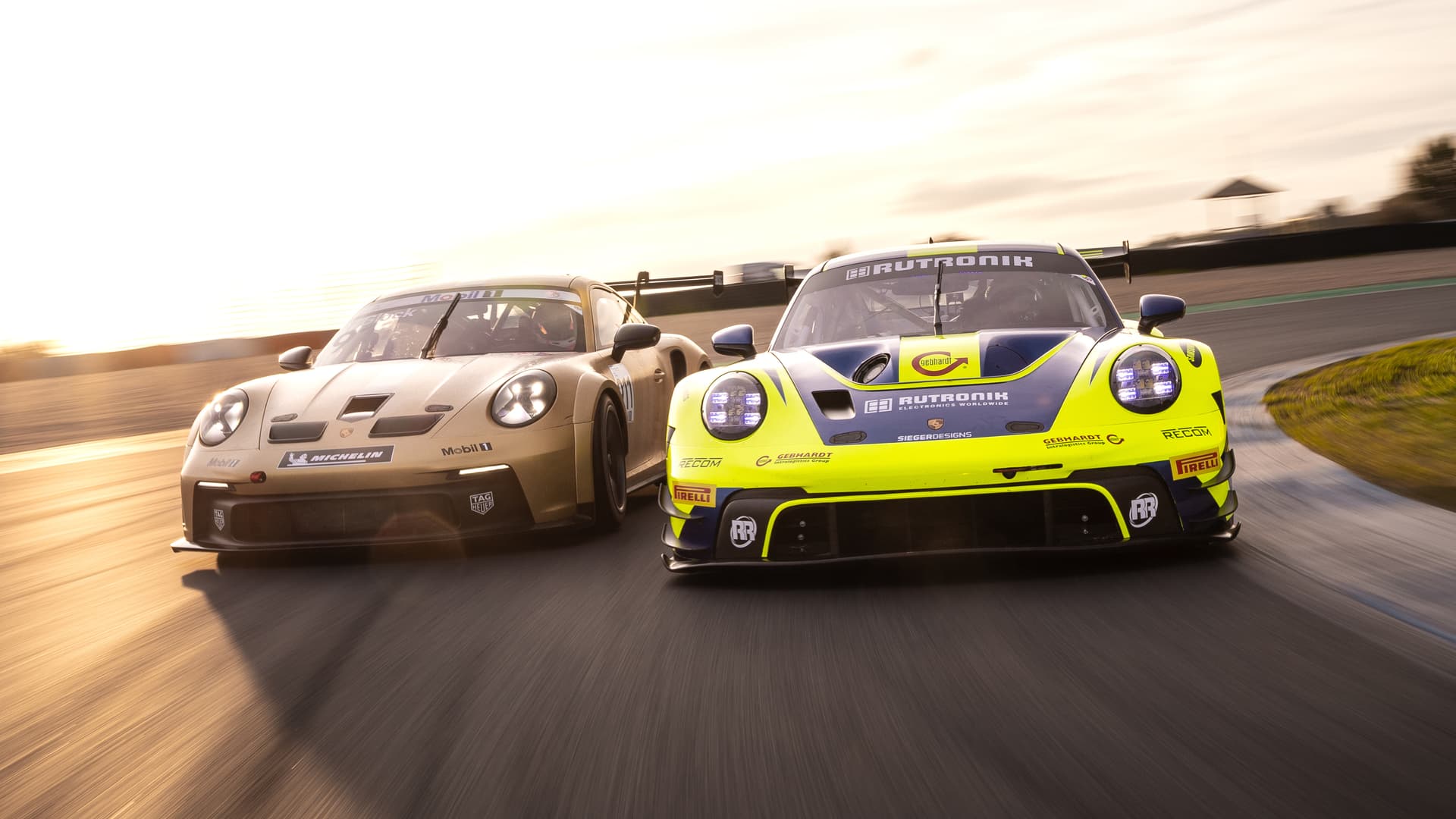
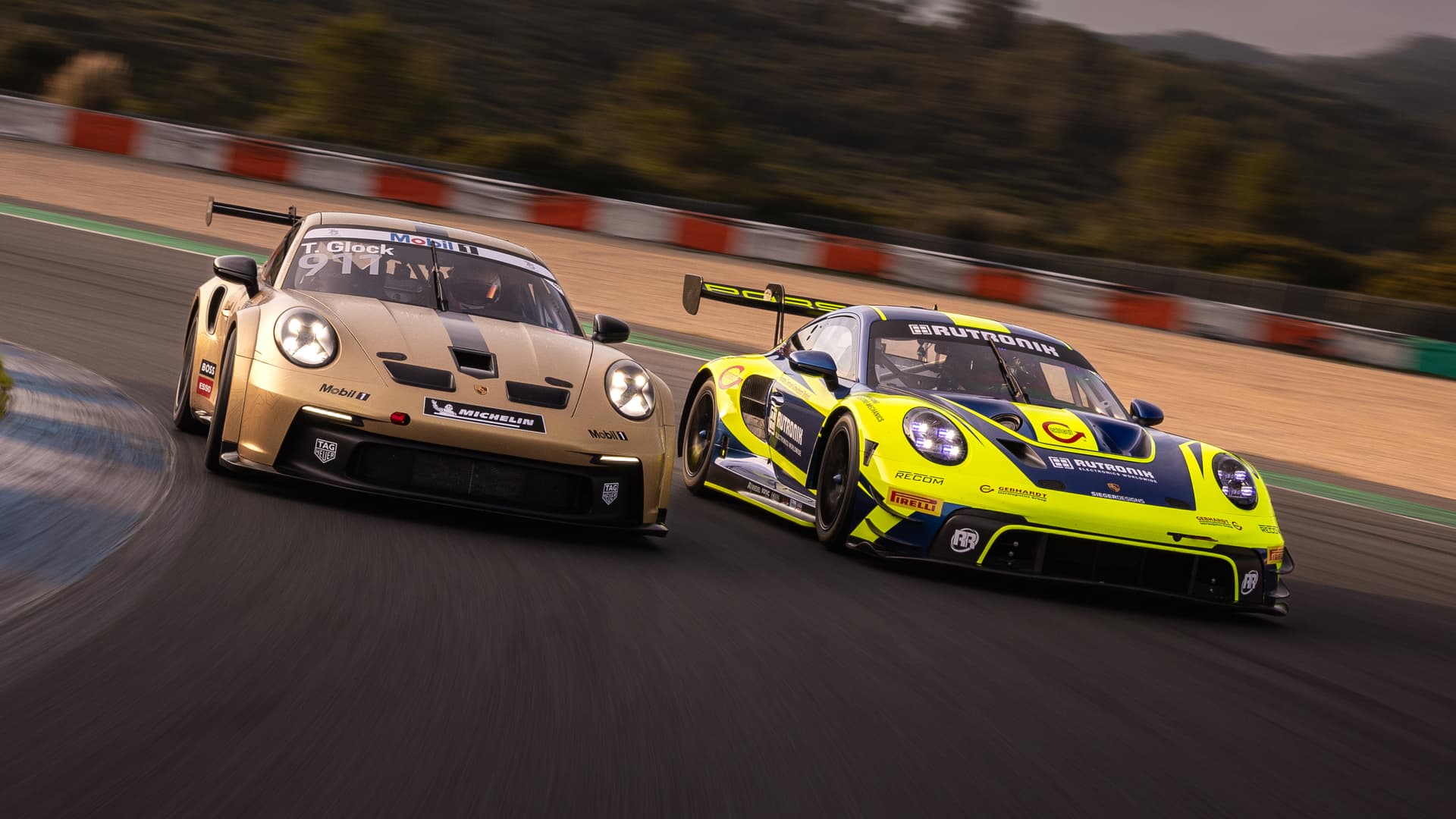

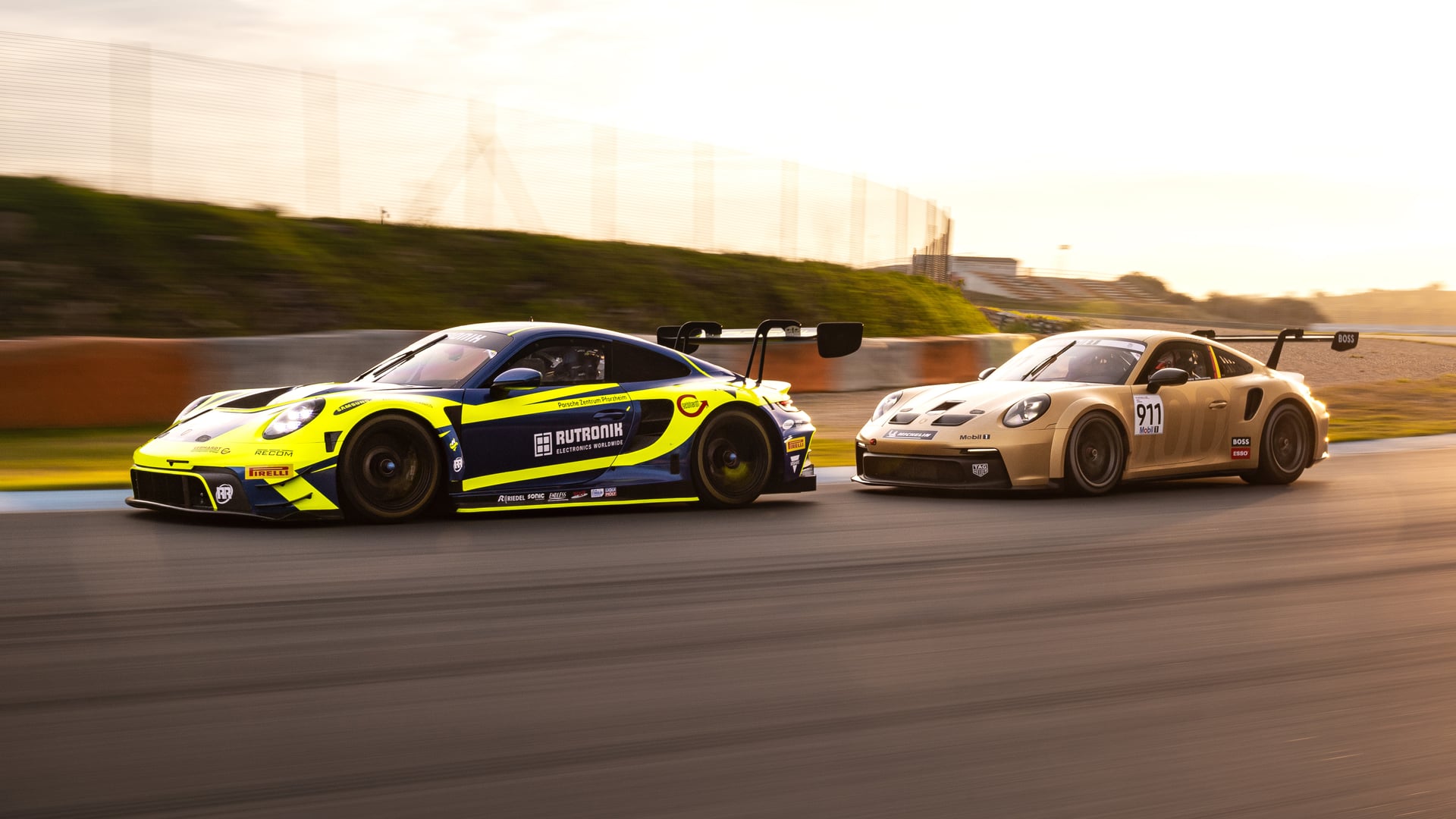
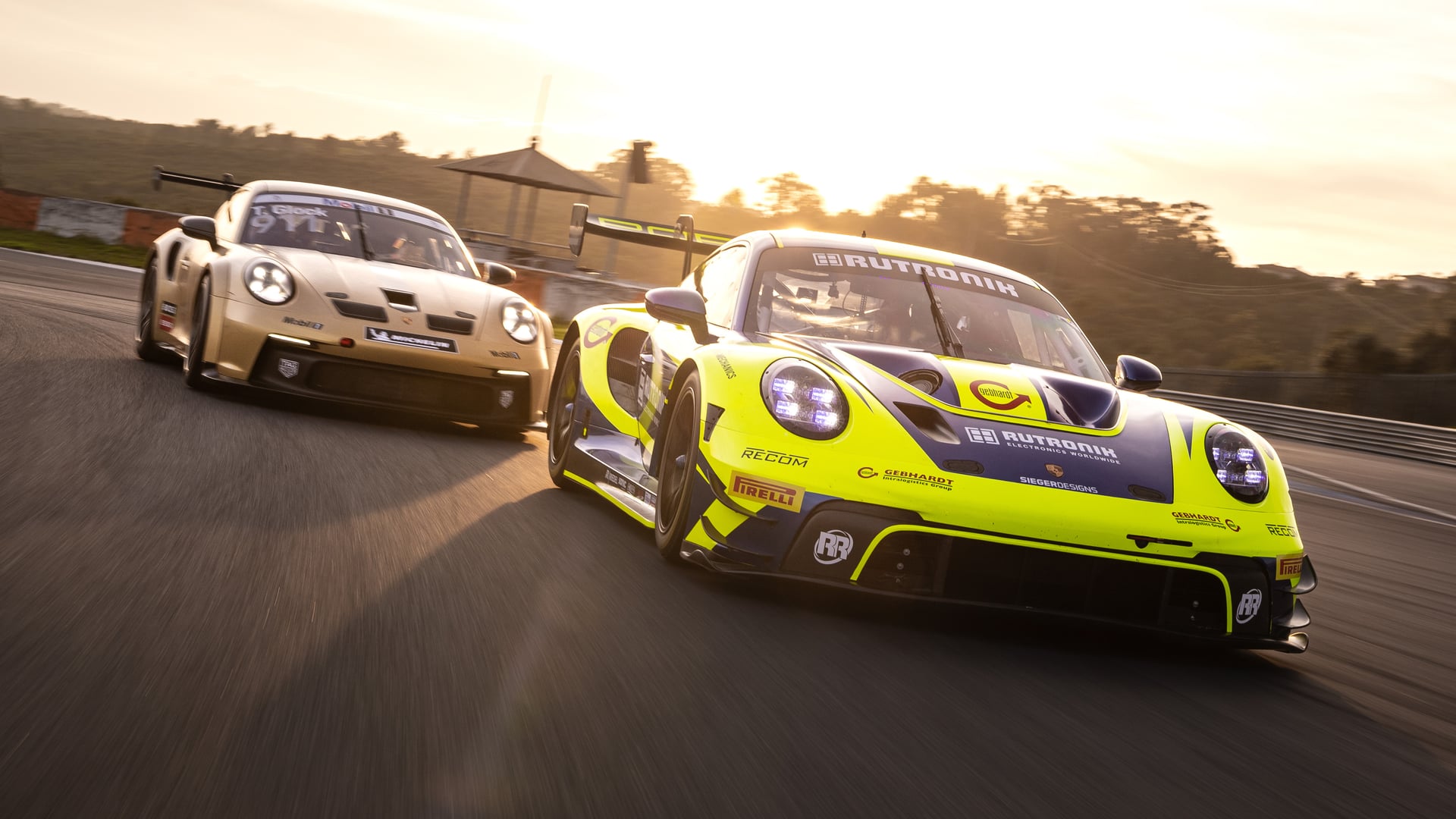
Anything that unnerved you?
The steering weight to start with. It was very light in both cars with little feedback. I was told that’s how the young drivers prefer it; “yeah, the older guys often want it heavier”, one of the race engineers tells me. Point taken.
I also found the brakes a bit disconcerting. You wallop them with everything you’ve got and there’s a fractional delay, presumably while the ABS does some calculations, before you get maximum retardation.
I also found the pedal a little soft and long. Just me, being old school. A lot of these guys grew up on sim rigs and they just want something that’s not going to tire them out in multi-hour races.
Bet the flat six sounds awesome?
It’s absolutely corking from outside, a proper hard rasp that forces every pitlane conversation to pause when a car rips by on the main straight. From inside, you’re less aware, but then you’ve got other things to focus on.
I’m sure the wheel buttons and screen info become second nature after a while, and luckily I barely needed to worry about any of them. But while the Cup has a foot clutch, this one uses a – well, not exactly a hand clutch – more an electronic one, that you activate with a button and then it takes over as soon as you’re rolling.
Come on then, overall impressions?
Two main things: firstly, the astonishing engineering detail and thoughtfulness that’s gone into the whole car, and secondly, how flattering it is to drive. This is a car you can quickly get into a rhythm with, that works with you, not against you.
In that way it has plenty in common with the GT3 RS road car – another winged monster that looks like it wants to string you up, but actually wants to give you a hug. I also happen to think the GT3 R looks utterly spectacular.
STORY Ollie Marriage
